QUALIFYING RETROACTIVE LUMP-SUM PAYMENTS (QRLSP)
Certain lump-sum payments totalling $3,000 or more (not including interest), relating to one or more prior eligible tax years throughout which the individual was resident in Canada, may be eligible for a special tax computation (Sections 120.31 and 110.2). While the income is reported in the year received, the tax cost of the lump-sum payment is computed as if the amounts had been received in the years to which they related (including a notional interest component). The individual’s tax liability for the year of receipt is the lower of this amount and the ordinary taxes payable if the full QRLSP was taxed in the year of receipt. Regardless of which approach is assessed, prior years are not adjusted, and the full amount received remains in net income.
To be a QRLSP, the payment must have been made from one or more of the following sources:
income from an office or employment, or due to loss of an office or employment, under:
an order or judgment from a court or other competent tribunal,
an arbitration award, or
a lawsuit settlement agreement;
benefits from unemployment insurance or employment insurance;
benefits from a superannuation or pension plan (other than non-periodic benefits such as lump-sum withdrawals);
spousal, common-law partner, or taxable child support payments;
benefits from a wage-loss replacement plan; and
Canadian Forces members’ and veterans’ income replacement benefits.
Impacted individuals should complete Form T1198, Statement of Qualifying Retroactive Lump-Sum Payment, and provide it to CRA with the taxpayer’s personal tax return (cannot be efiled) for the year in which the income is received. This form requires that the individual state the amount of income related to each prior year. CRA will then calculate the tax cost as if the amounts had been received in the years to which they relate. CRA will not reassess prior years to include the income in those years but rather assess the computed tax in the current year. Further details can be found on Form T1198, Statement of Qualifying Retroactive Lump-Sum Payment.
For further information see Video Tax News Monthly Tax Update Newsletter, Issue No. 457.
